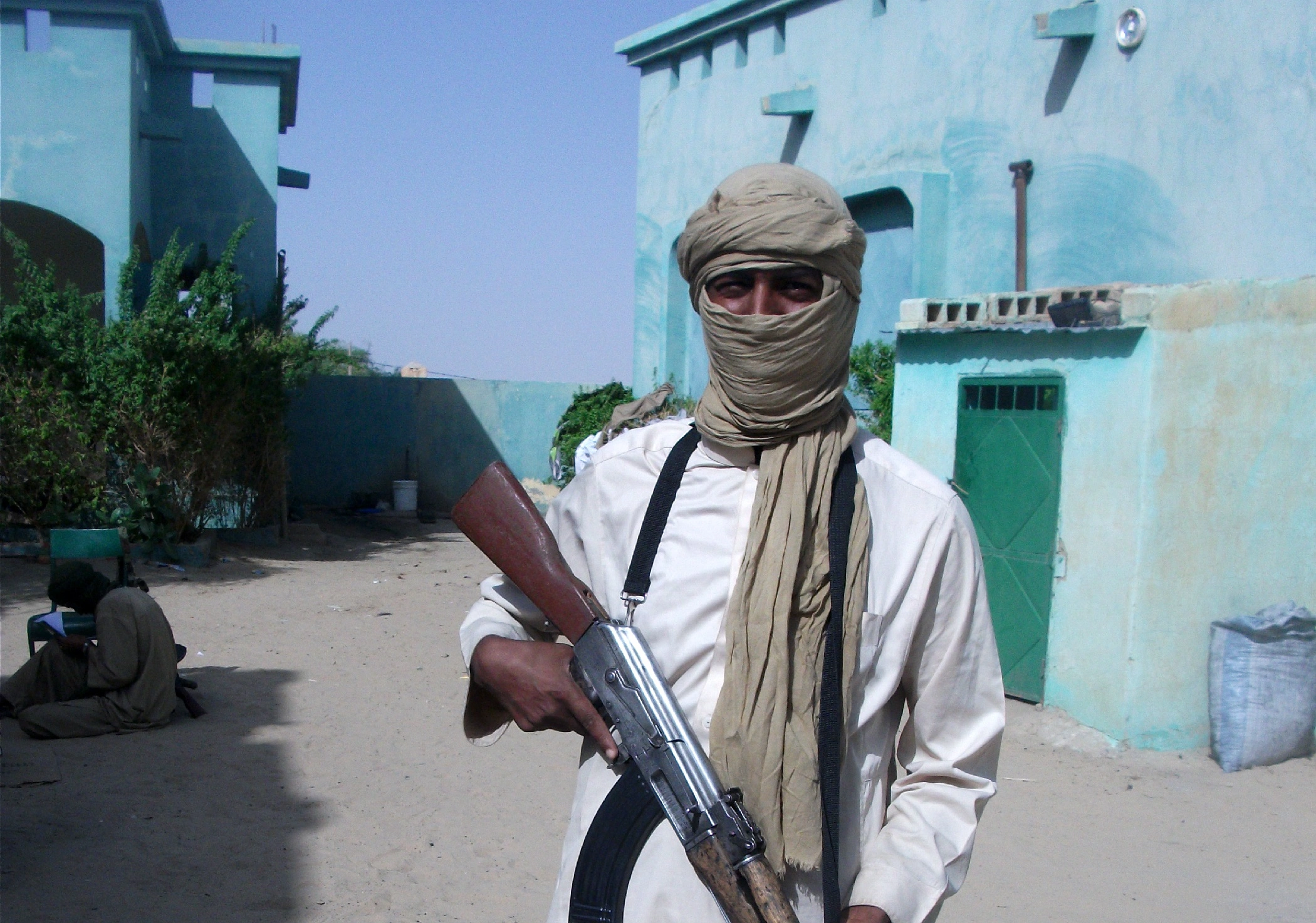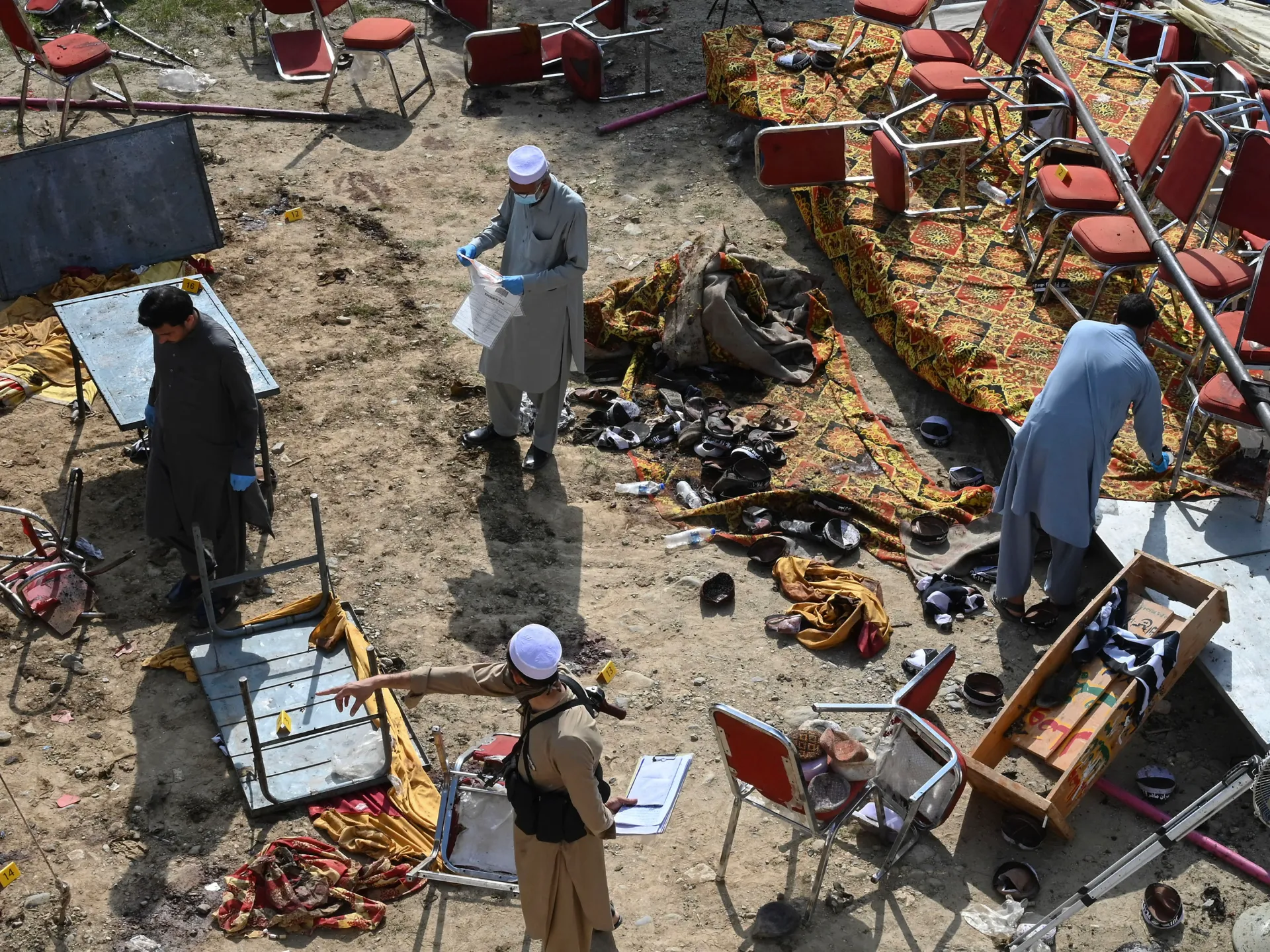Chinese Satellites to the Rescue!
Satellite observations and meteorological data generated by China\’s meteorological satellites can be used to track Pakistan\’s desert locusts. Moreover, the technology can also provide early warnings to interested parties. According to the China Meteorological Administration (CMA) source. Adding that CMA has issued special reports on remote sensing of locust attacks in Pakistan.
China\’s Fengyun series of satellites will produce knowledge for locust-affected region research by tracking the countries\’ rainfall, soil moisture, and land surface temperature (LST) shifts. Additionally, hot and moist conditions favor more reproduction amongst locusts. Studies have also related wind direction, intensity, and other weather parameters to increased locust clusters.
Fengyun Satellite details
In addition to tracking locust swarm breeding and activity, Fengyun satellites are beneficial when determining harm to the vegetation. Locust swarms invaded crops and pastureland, devastated grain and plants, and disrupted grain stability throughout Africa, the Arabian Peninsula, and parts of South Asia.
Pakistan Meteorological Department (PMD) has utilized data obtained from China\’s CMACast. An upgraded satellite data broadcasting network focused on Digital Video Broadcasting – Satellite – Second Generation (DVB-S2) with software and multimedia transmission capabilities since 2006. Frequently posted online maps sensed by Fengyun-2E (FY-2E) satellite for various disaster warning activities.
Countries using Fengyun Satellite
By May 2020, the number of countries utilizing Fengyun satellite data has risen to 108 (including 75 BRI nations) and 30 countries have set up earth stations to send and receive information to and from Fengyun satellites.





